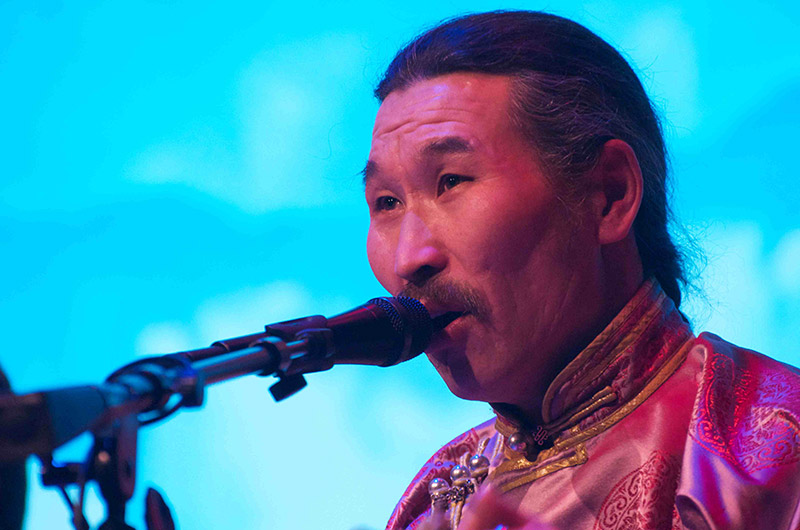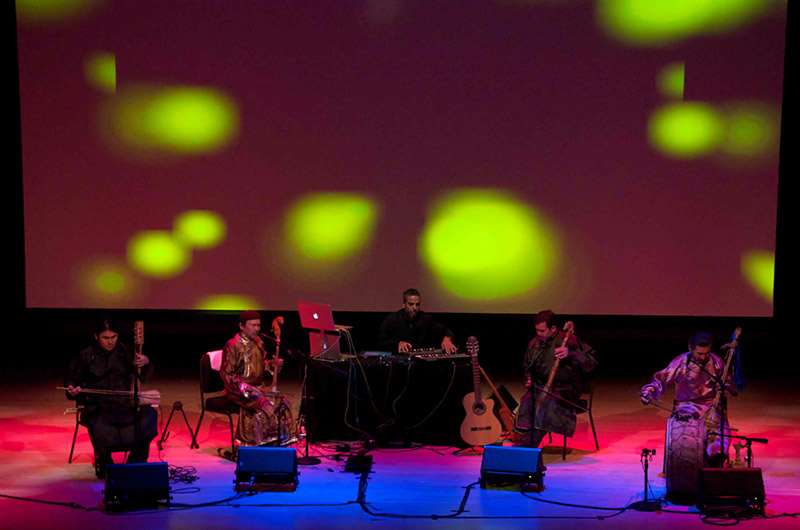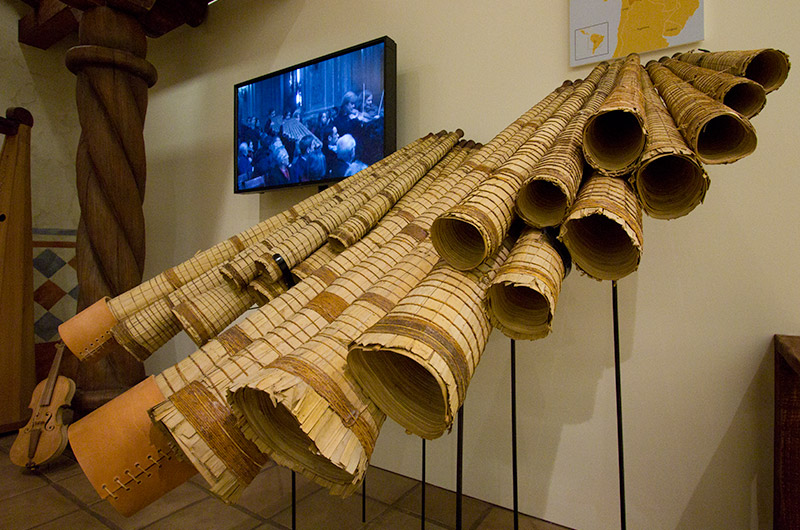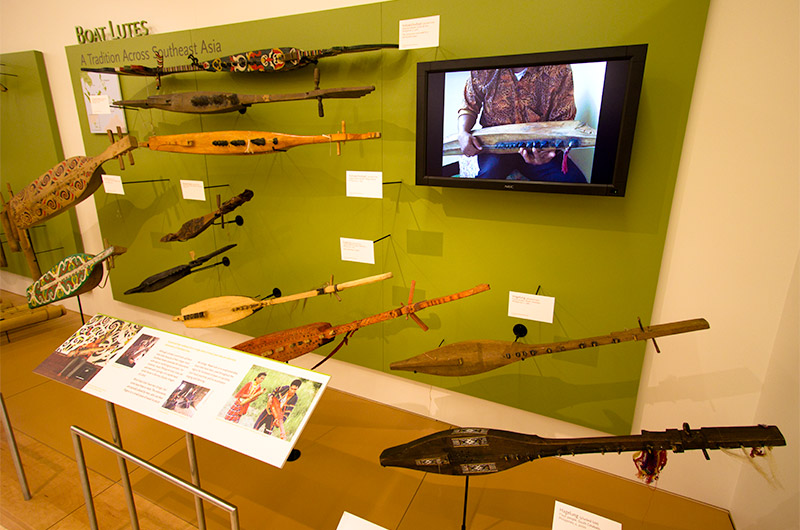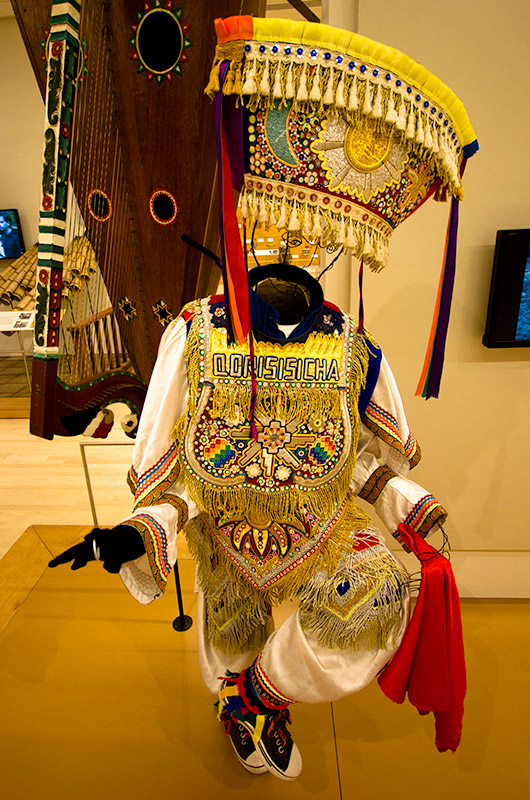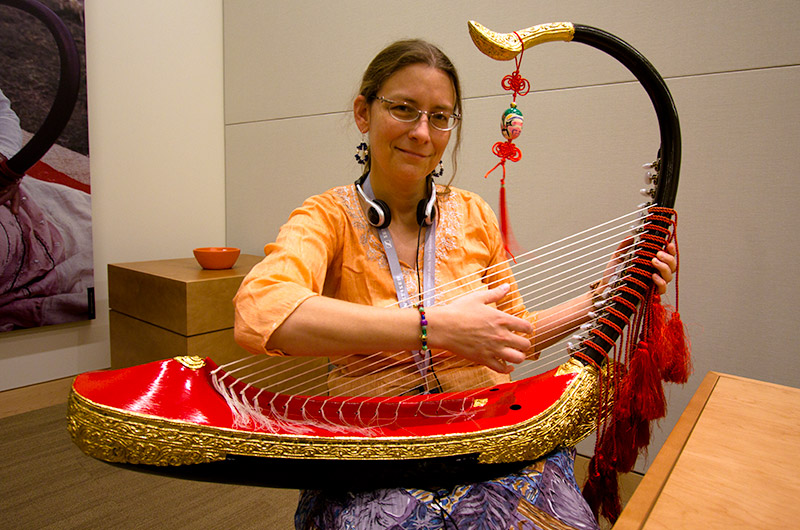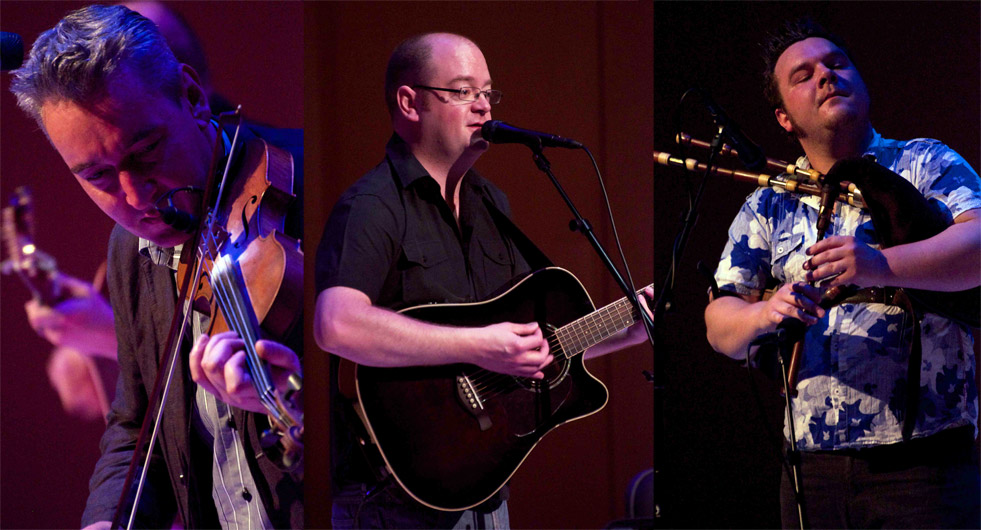
Over the years I have been blogging here I have stayed away from complaining, I have avoided writing about the deviancy that has been moving into the mainstream, and I have made it a point not to rely upon profane language. Civility though is quickly becoming a one-way street where the meek shall disinherit a world full of rage. In our time we have grown to accept the foul, the vulgar, and the obscene as a normal part of our daily routine. What was once the domain of teen angst has become the new ordinary and is now simply common.
I find myself frustrated that respect, grace, and courtesy are replaced with cruelty, disinterest, and acceptance. Maybe you are not cruel but are you disinterested? Or have you accepted that this is just the way things are? Funny, because we used to wonder out loud how the German population of the 1930s was able to sit by feigning ignorance that all around them people were being rounded up and disappearing. Even many of the Jewish victims themselves wouldn’t believe what was occurring all around them and discounted that what was affecting others could somehow impact them.
Aren’t we kind of like this today? We watch people acting in impossibly weird ways with behaviors that have no place in our daily lives, but we move to become more like those scripted displays of “normal” behaviors. TV reality shows, while at first spectacles, soon become our hobby. Our language is subsumed by the popular vernacular made the norm by characters with names like Salvatore “Big Pussy” Bonpensiero so we can exclaim in our best New York Italian dialect to fahgettaboudit.
Well, I don’t want to forget about it, I want to ring the alarm that all around you a shared insanity is becoming your version of normal. No wonder these three men above feel the need to place a wall of crass threat between themselves and everyone else – everyone else is a potential criminal, murderer, child abductor, deviant, welfare recipient, illegal alien, gangster, drug dealer, etc. Every day the broadcast media is telling you that Bad is all around you. Every night, reality shows, sitcoms, and dramas fill your head and vocabulary with notions of a newfound wealth wrapped in courage to win with an improved bust line atop six-pack abs backed up with an acid tongue of barbed one-liners that are able to convey your ultra-hipness. Is it really entertainment or is it as they called it in the 1970s, programming?
The TV is you and you have become the TV. Your outrage, your happiness, your cooking and dance lessons, even your travels, are all from TV land. You watch men catch crabs in Alaska, tune in a rerun of an episode of CSI, you diagnose your friends with wisdom gleaned from Dr. Phil, and dispense judgment with all the skill of Judge Alex. Someone you liked two weeks ago gets voted off your show but you don’t mind since you stopped liking him now because no one else likes this person either. The TV is cheap, it exploits you, it shapes your dialogue, dresses you, feeds you, reinforces who you are. And you can’t live without it, no fucking way. Civility was canceled long ago, its ratings couldn’t compete with Survivor.


